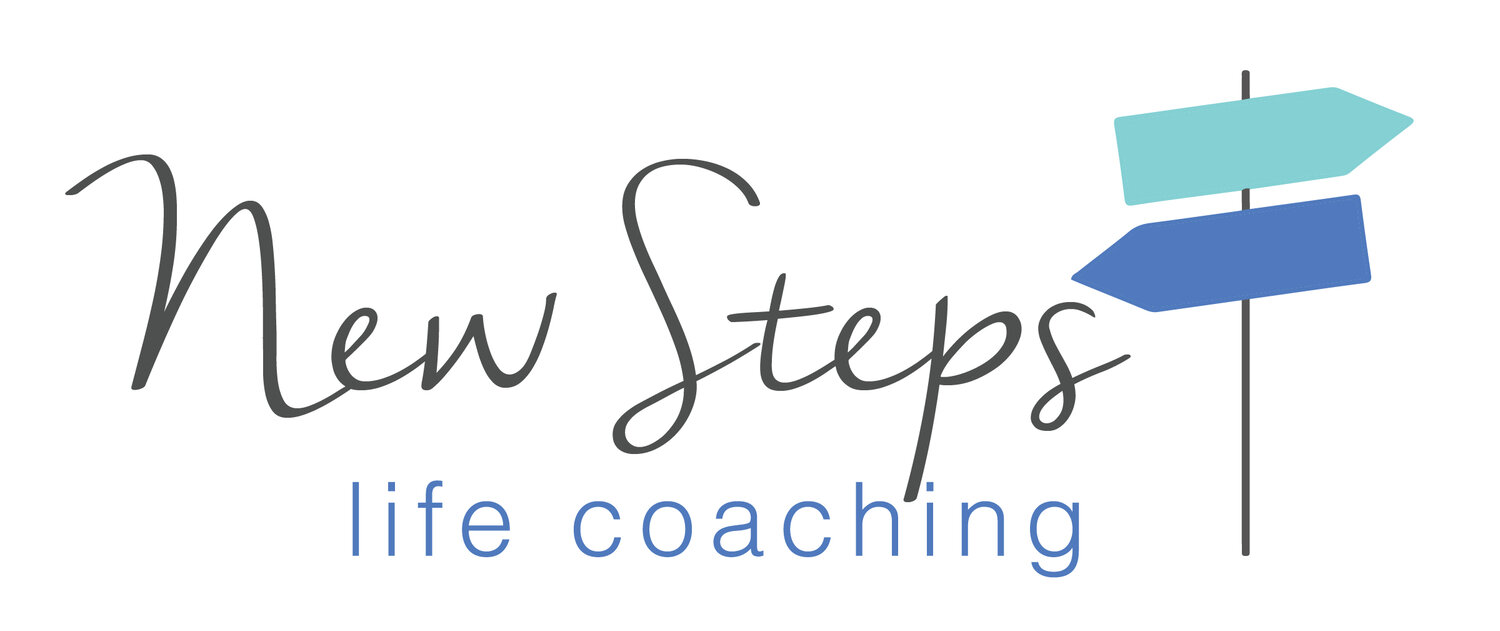The Action Cycle: Step 5 - Planning
/Planning image courtesy of @martenbjork
“If you fail to plan, you plan to fail.” Benjamin Franklin
You have decided on a goal and assessed all your options - of what you could do to achieve the goal. The next step is to begin planning. A plan is a well-defined description of all the steps you will take to achieve that goal. The bigger the goal, the more intricate the plan.
Why should you have a plan?
No issue or project lives in a vacuum. There is always something else going on that will distract or detract from your actions. This is one of the many reasons to plan before taking action. Other reasons to plan:
1. Planning finalizes your options, (the steps you will take), so there are no fuzzy lines.
2. Planning helps you stay focused. You know what the next step is and your restless mind doesn’t have a chance to lure you off track.
3. You can anticipate obstacles that might affect your outcome – time, money, other people, the weather, competing goals, and other likely difficulties. Make that part of your plan. Examples:
Where will you hold the ceremony if it rains?
How will you get two projects done in the same time frame?
What will help you manage your time when serving Thanksgiving for 25?
What can you do ahead of time?
Who will help do what?
Write out a time line for the day.
Walk through it mentally the day before.
Plan to get enough sleep!
4. Planning gives you breathing room – to see the big picture and how all the parts work together. You may notice an issue or solve how to manage manpower, resources, down time, and prioritizing.
5. Planning allows you to recruit help and effectively assign tasks.
Many businesses and institutions, restaurants, manufacturing, government, and even small business, rely on planning as a key focal point for execution. They have their business plan, marketing plan, and project plans all funnel into their monthly and daily activity plan.
The lay person doesn’t do enough planning to maximize their own results for their health, home, family, and job. We often live with a constant chaos of competing goals and too many to-dos. But do we see the big picture of how they all could work together in harmony, rather than fighting with each other? You have an opportunity to prioritize and make it work, rather than struggle haphazardly.
The typical categories of a plan are Who, What, When, Where, and Why. Here are some tips:
• The “Who is not always you.” Whether there are other people involved in this project or not, there are likely to be supporters or people you need to set boundaries with or delegate to.
• “What will you do, and by when,” gives you a concrete time stamp for completion, very helpful when you have a list of things to do with no particular order of execution. If I have determined five things I need to get done by the end of the day, then as I do them, I can cross them off. Thirty minutes before the end of the day, my list helps me focus to complete those last few things, rather than put them off to tomorrow.
• Do the harder steps first, whenever you can. You are fresher at the top of the day, especially if you do a little mindfulness breathing or meditation.
• Always remember your “Why.” Knowing why you are doing something gives it a place on your priority list and in your heart. When we don’t ask ourselves why we are doing something, we have left it to whim and mindless action.
If you summarize everything within your plan, you are literally creating a roadmap of HOW you will get this project done. If you ask your heart HOW you will get it done, you’ll hear a different answer. The emotions and mindset behind the actions are the HOW.
“How will I do it?”:
“By sticking to it until I reach my goal.”
“By following the plan.”
“By reflecting along the way and seeing the progress I am making.”
“By reminding myself every day why this is important and who I am doing this for.”
Now it’s your turn. What goal are you working on? What possible options did you assess and what will you put in your plan? Have fun with it. See my extra article on “gaming your plan.”


